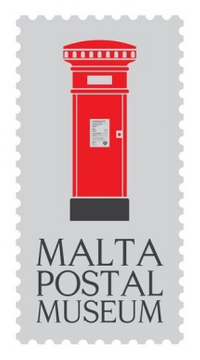Malta in Transition
Guido Stilon
Malta in Transition: Guido Stilon
Malta Postal Museum, Valletta
11 February – 7 March 2020
Exhibition Curator: Letta Shtohryn
Artistic Director: Andrew Alamango
Archivist: Andrew Pace
Project Manager: Margerita Pulè
Images by Guido Stilon (Grace Cilia Vincenti collection)
Special thanks to Grace and Albert Cilia Vincenti for their close involvement and assistance throughout this project. Also to Guido’s friends Gerald Montanaro Gauci, Rose Lapira and Mario Tabone for their input and discussions that helped us to select images for this exhibition.
In 2020 Magna Żmien produced the first exhibition of Guido Stilon’s work to be shown publicly in Malta. Since rediscovering his work in 2018, we have digitised 2,000 images from his collection of over 6,000 black and white 35mm negatives. In collaboration with his friends and family, a small number of these images were selected to portray the theme of ‘Malta in Transition’, capturing a period during the 1950s and 1960s when Guido was most active taking photographs in Malta.
His photography explores the urban spectrum that inhabited his home city of Valleta and in the towns, villages and countryside beyond. He also captures the expansion of industry and business as a post-independence solution to economic growth and also of traditional types of work in the countryside.
Guido’s ultimate desire was to document the people and practices that would inevitably be replaced in the near future by the march of progress. Yet, Guido’s perspective was one of genuine interest, not nostalgia. His gaze as a photographer captures his subjects without overpowering them with his own personality, presenting them as honestly as possible with kindness and respect regardless of their class and gender.
Guido’s work is now being seen again by a new generation, 45 years after his premature death. The quality of his photography should rightly place his name among the list of outstanding post-war Maltese photographers.
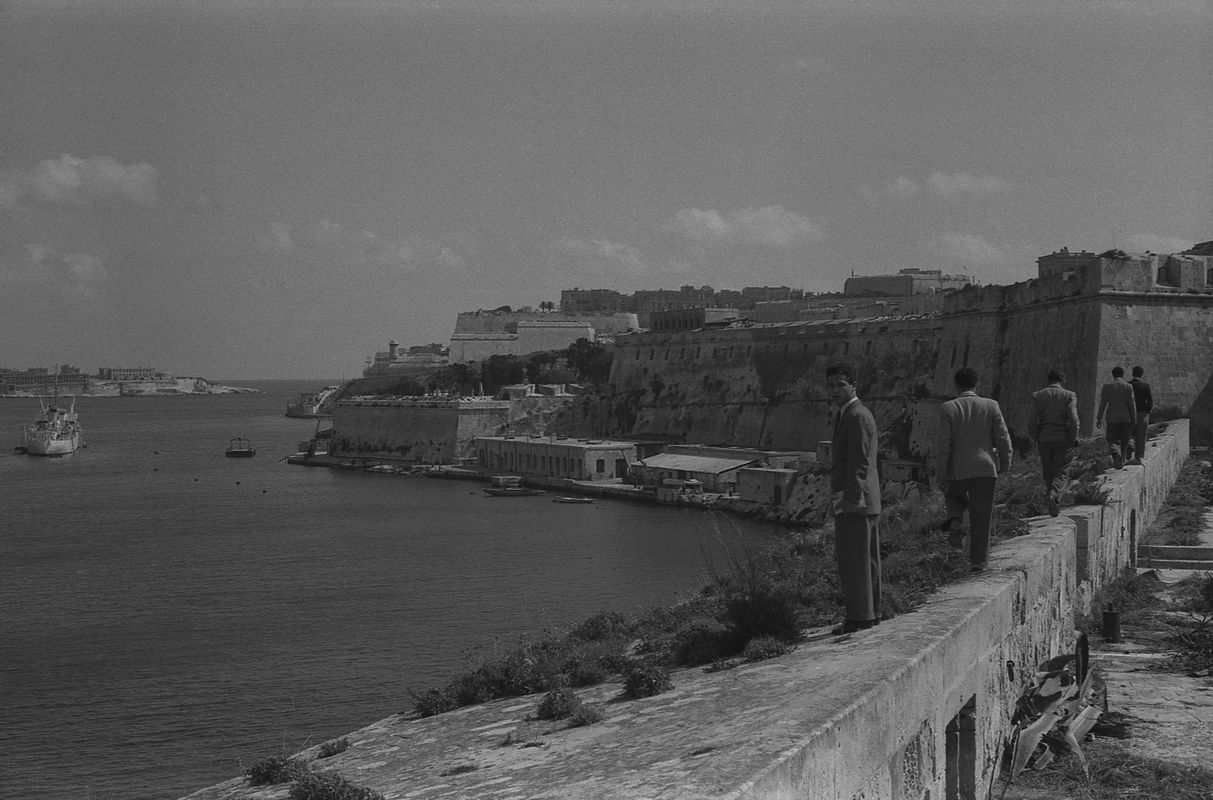
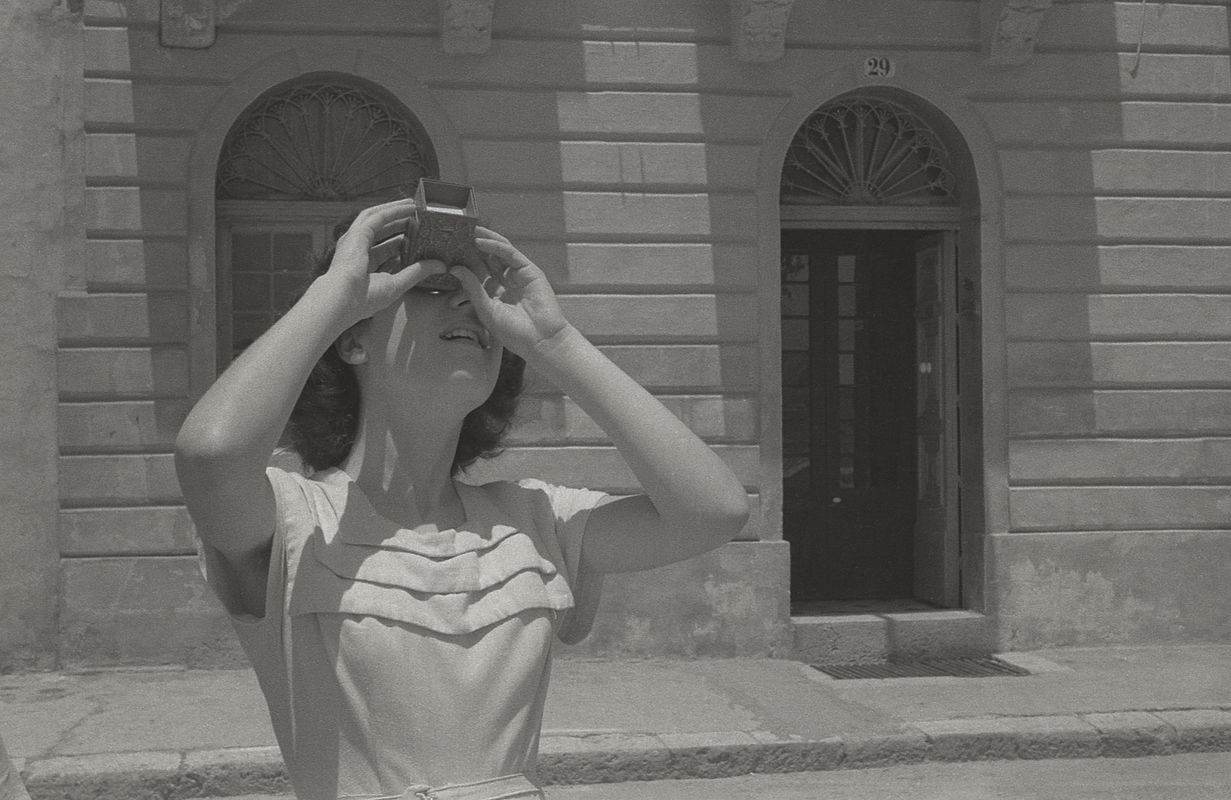
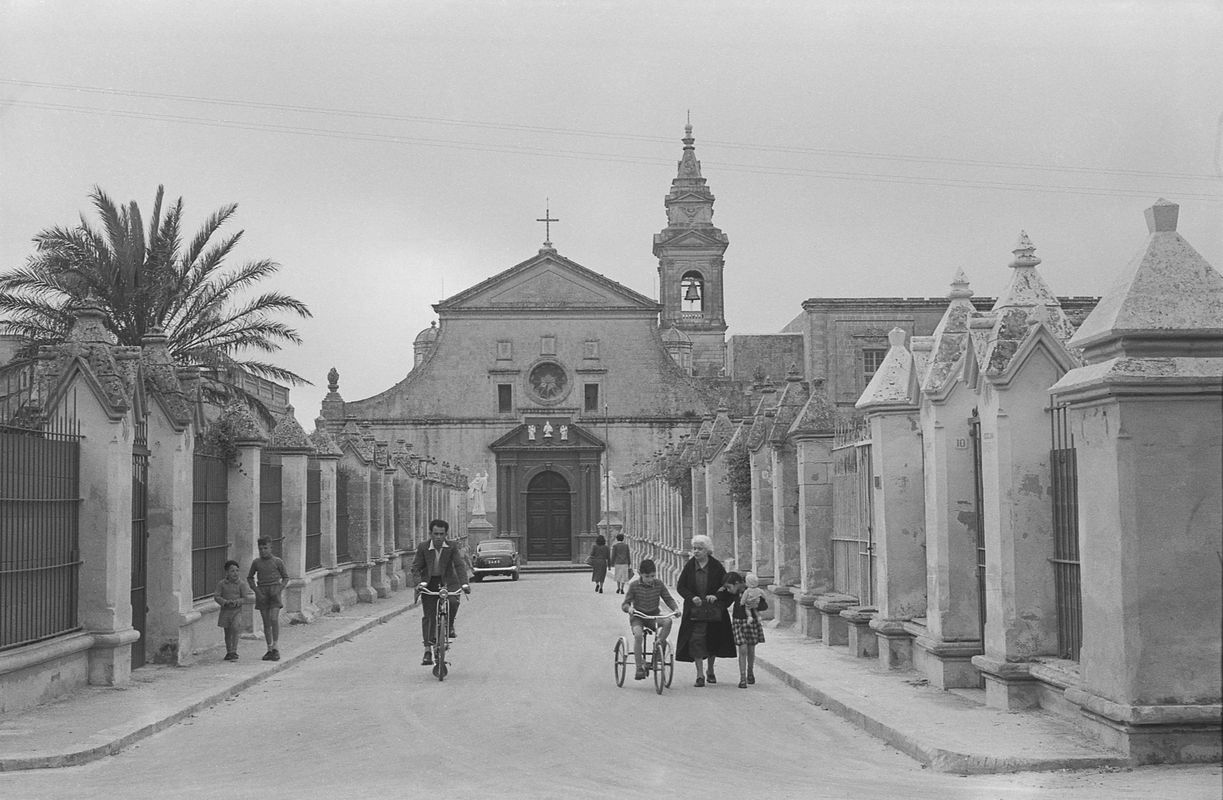
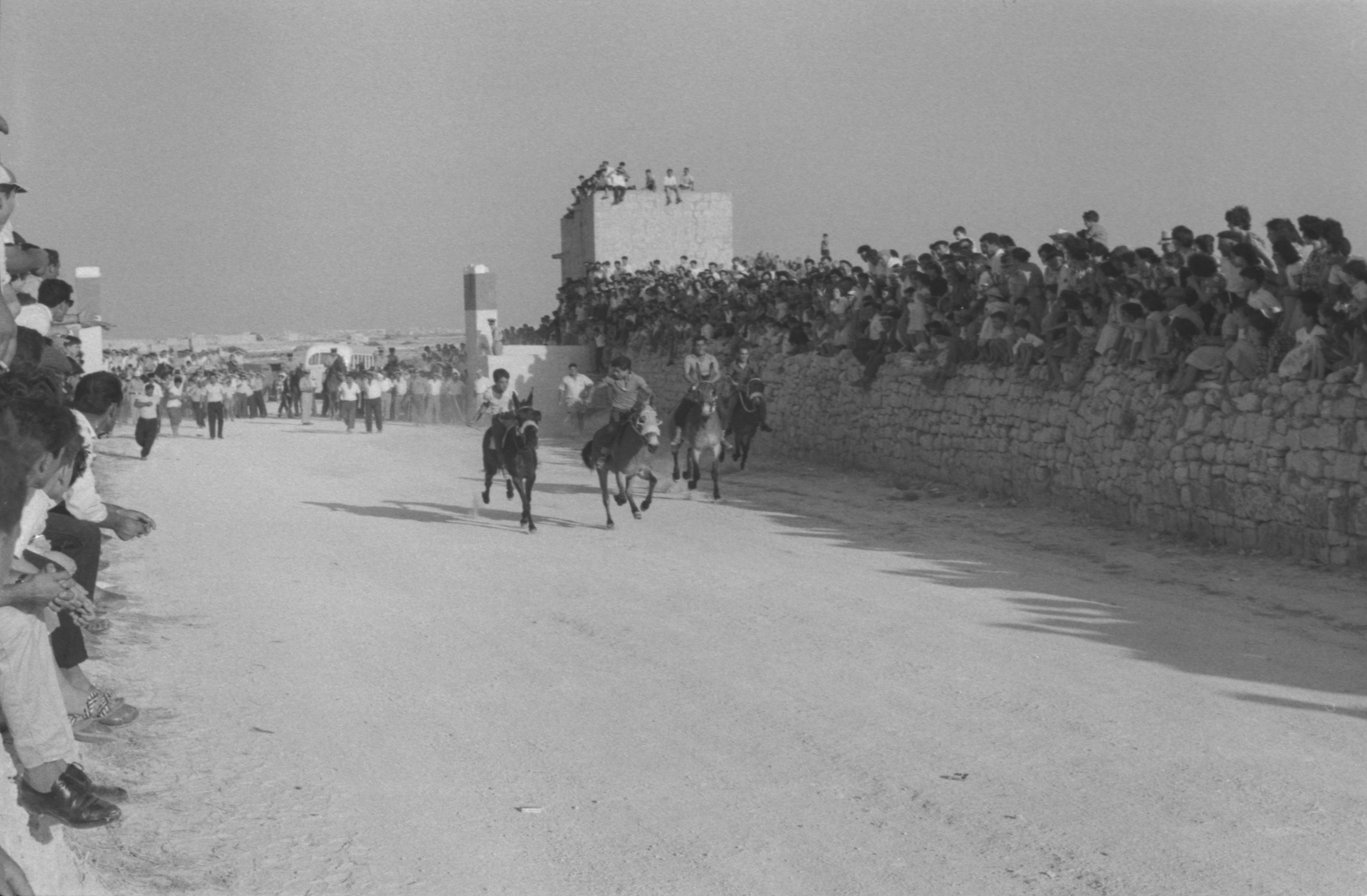
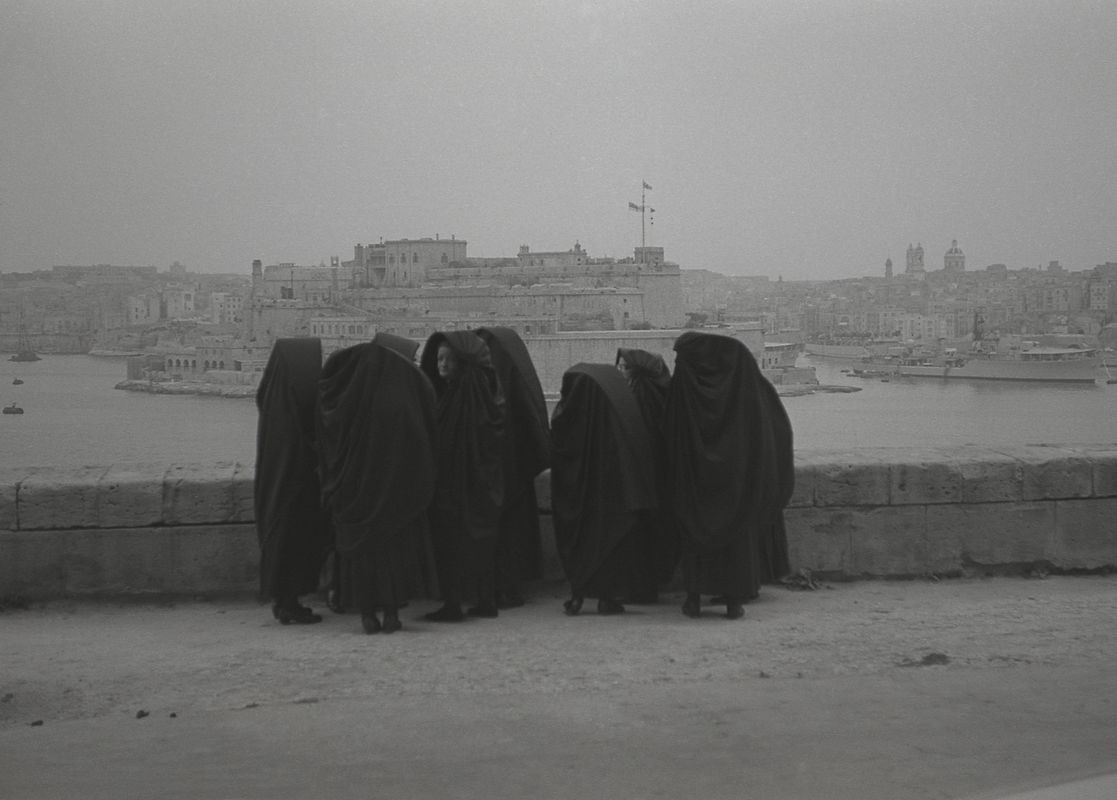
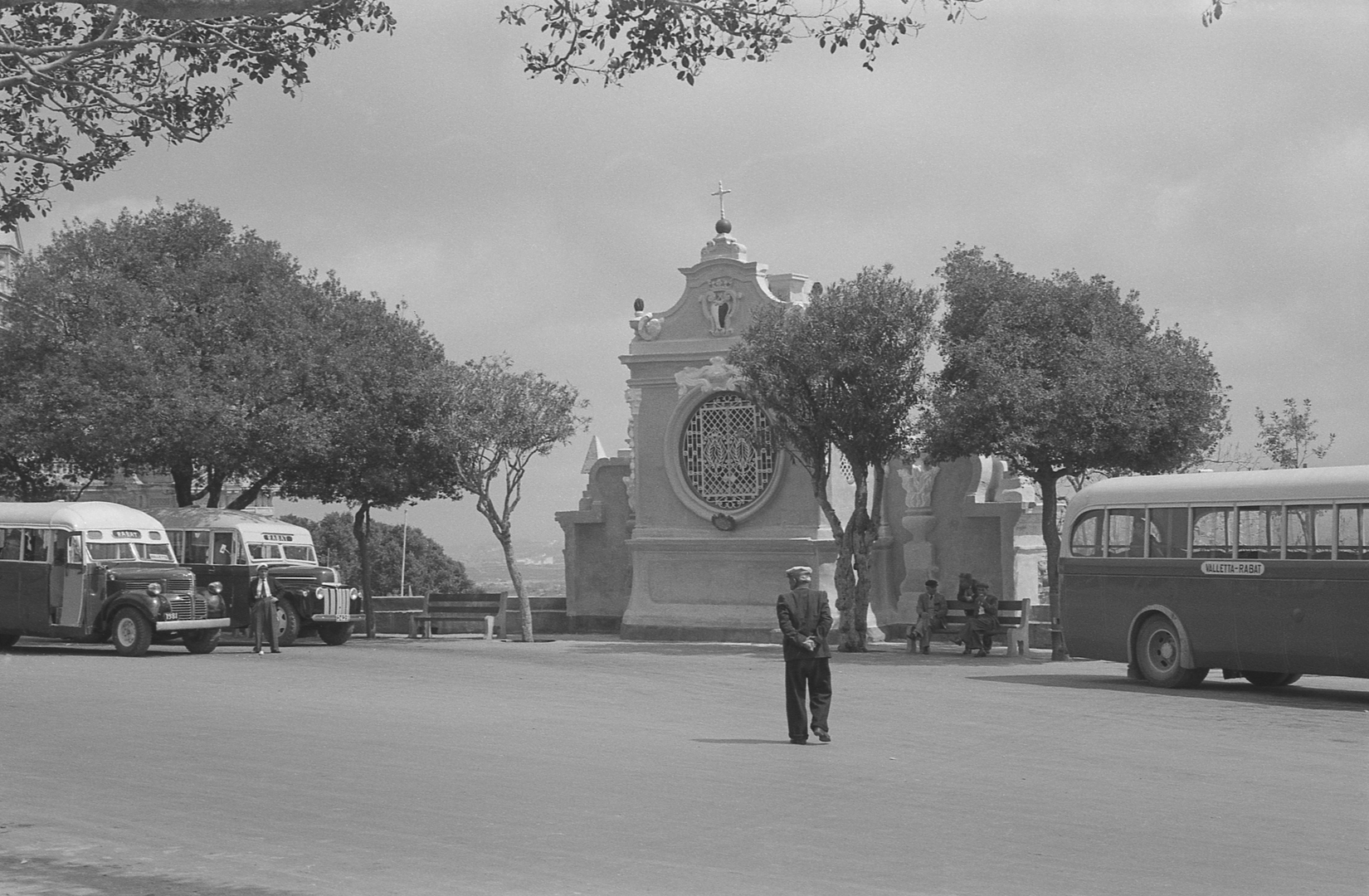
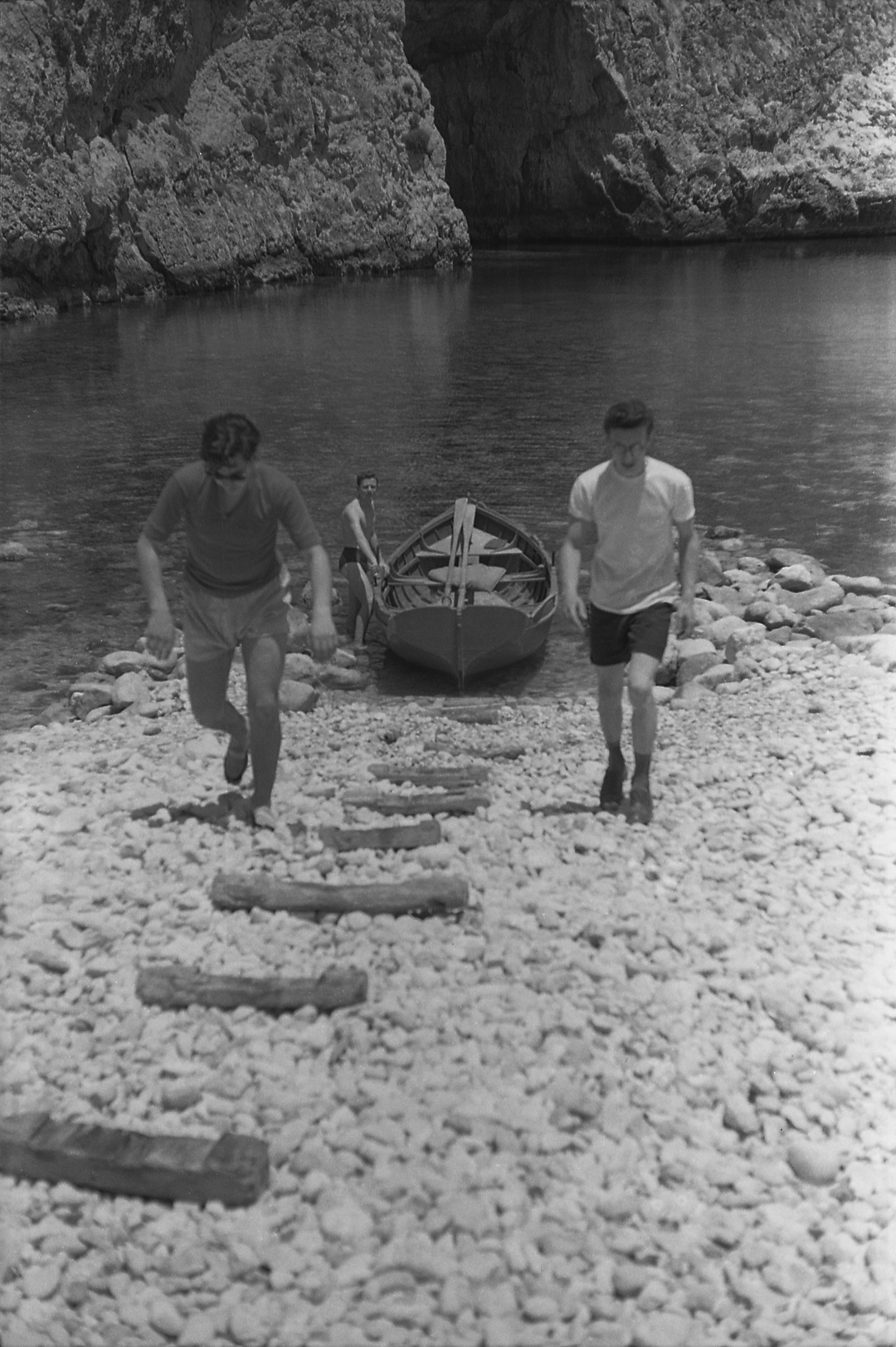
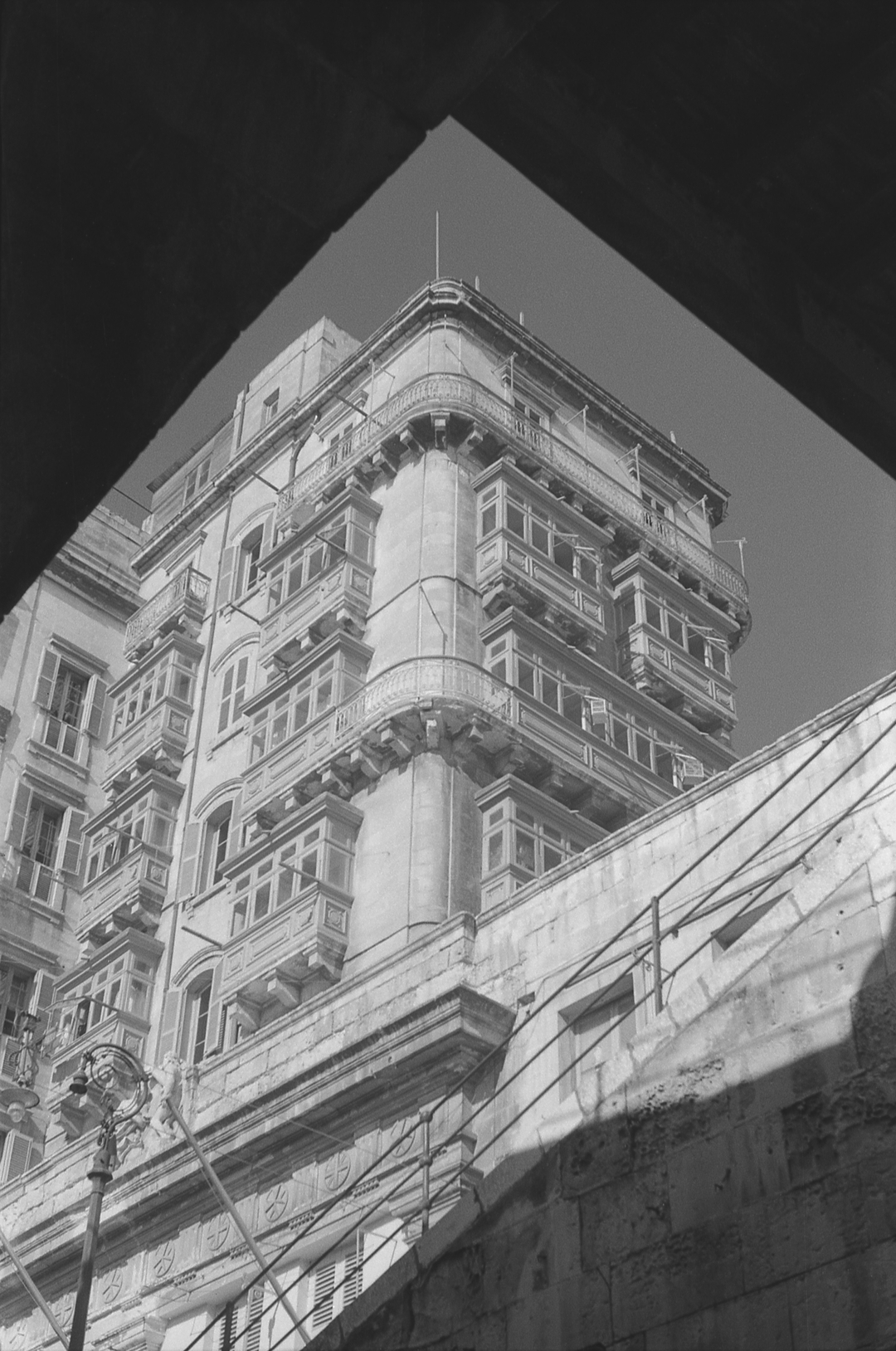
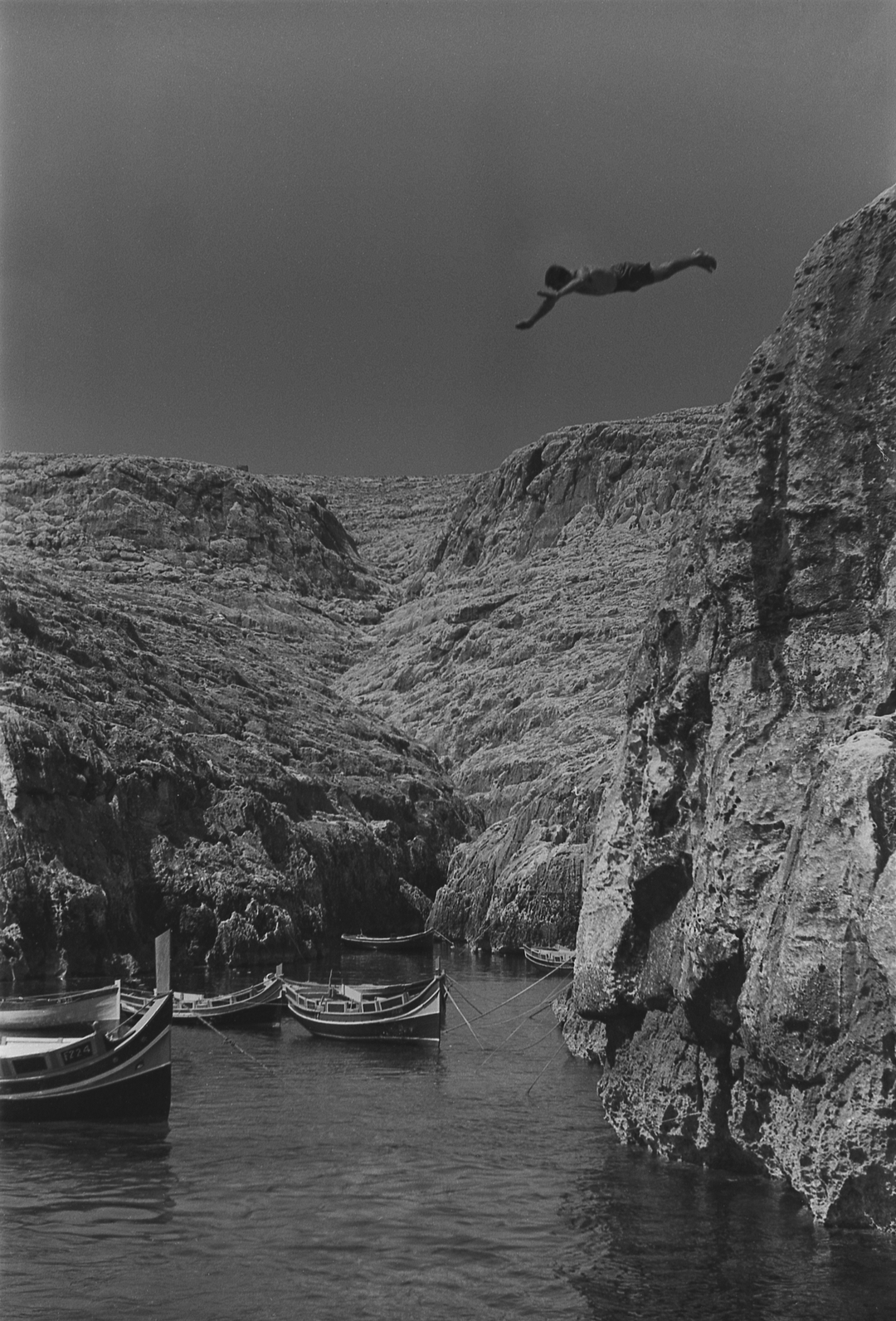
About Guido
Guido Stilon was born in Valletta, Malta on 8th February 1932 and lived on the city’s beloved St Paul Street as a child, before moving to St Christopher Street after the war. Guido’s passion for photography began in the mid 1950s whilst still a student.
Despite never identifying as a professional photographer, he nevertheless had his photos included in numerous publications abroad and featured anonymously in local television programmes, was commissioned to document the excavation of the Tas-Silġ archaeological site, and was awarded several international photography prizes, including Kodak’s The World and its People competition, through which a number of his photographs were displayed at the New York World’s Fair in 1964.
Although he never considered photography as a career, Guido did sell colour slides of his work at the Ellis photo studio in Valletta’s Republic Street and to passers-by in front of Castille – but only so that “the hobby would pay for itself”. He worked using one of two Exakta cameras that he owned, always carrying additional lenses and rolls of black and white and diapositive slide film wherever he went.
Guido was exacting in his approach to composition, consciously applying the photography techniques that he had learned from books. He would take the same photograph many times to catch the perfect light, using a light meter to ensure he had applied the correct settings on his camera. Friends recall him eagerly waking at 4am to catch a particular early morning light in Valletta or Mdina.
Sadly, Guido died at the young age of 43. He is remembered today by his friends and family as a quiet and unassuming man, rarely seen without a camera. His widow, Grace, kept his vast collection of photographic negatives and colour slides for over forty years, and in 2018 contacted Magna Żmien in order to preserve his images for future generations.
His collection now resides at National Archives Malta. Further projects based on his work are planned.



